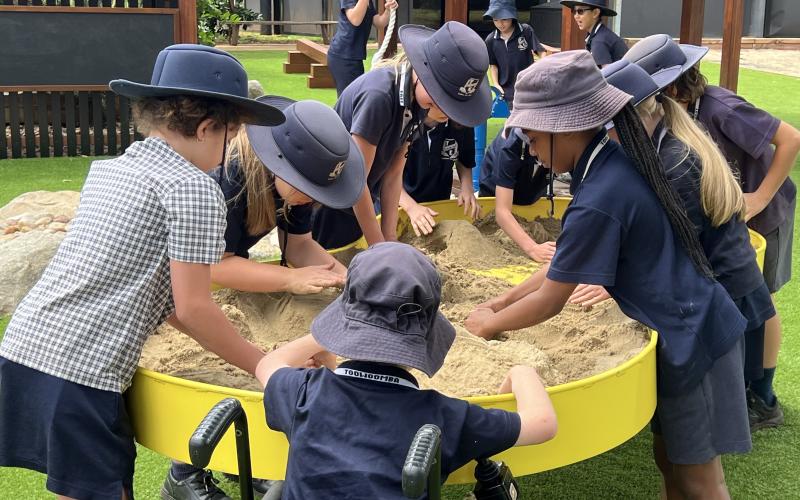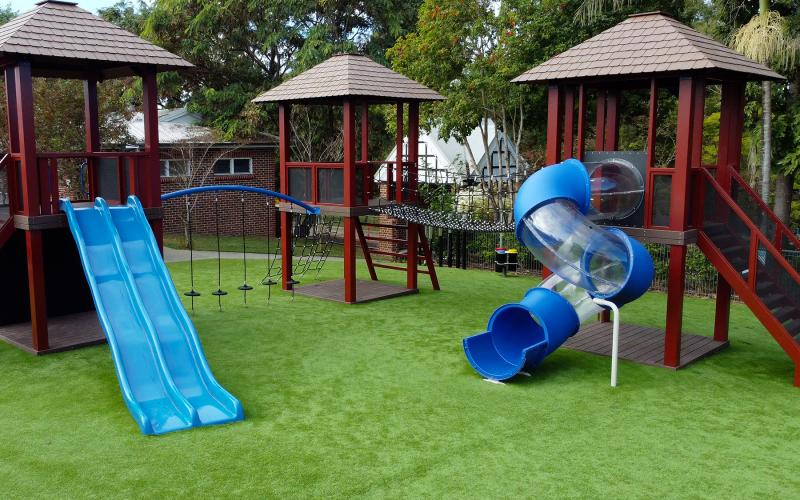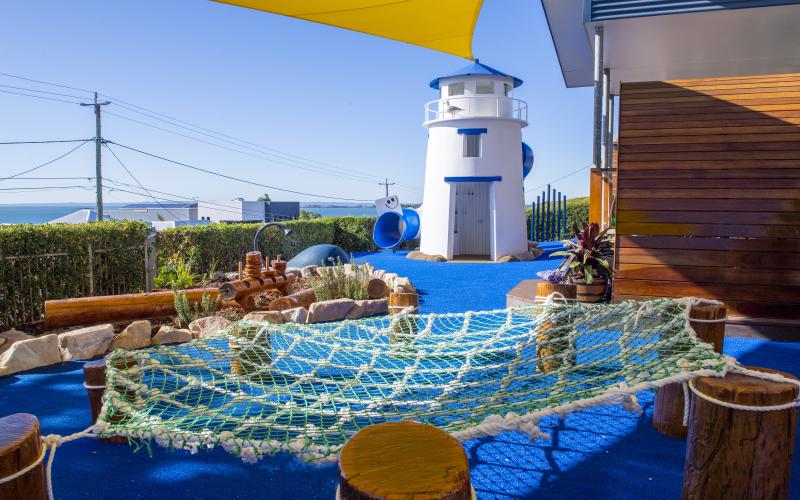When schools start planning a new playground, it’s natural to think a landscape architect is the right choice. After all, they’re experts in shaping outdoor spaces. But when it comes to children’s play, the difference between a landscape architect and a playground designer is critical.
Safety First: Specialists in Play
Landscape architects are trained to design beautiful, functional outdoor spaces. But playground designers go a step further: they live and breathe Australia’s ever-changing playground safety standards.
Every detail—from the height of a climbing net, to the fall zone under a swing, to the materials used—is carefully considered to minimise risk. The result? A playground that not only looks great, but keeps kids safe.
Zones That Match How Children Play
Landscape architects may plan for gardens, paths, and open lawns. Playground designers think in zones of play.
-
Younger children move quickly, darting between activities.
-
Older students may linger, socialising in pods or tackling challenging equipment for longer stretches.
Playground designers break spaces into zones so every age and ability—neurotypical and neurodiverse—finds a place where they can belong, imagine, and thrive.
Nature Play as the Gateway
While a landscape architect might see a patch of dirt as something to tidy or cover, a playground designer sees it as opportunity.
They understand that nature play is the gateway to imagination play. A stick becomes a sword, a log transforms into a canyon bridge. This is the foundation of creativity—and why experienced designers make nature play the heart of a playground, not an afterthought.
Flow, Sightlines, and Supervision
A beautiful garden may have winding paths and hidden corners. But in a playground, that can mean blind spots and unsafe supervision.
Playground designers plan for:
-
Clear sightlines so staff can see every child at a glance.
-
Flow between zones, reducing collisions and injuries.
-
Access in seconds, so teachers can reach any child quickly in an emergency.
Practical Details Others Miss
Do you remember the pain of sitting on a scorching hot slide in summer? Orientation matters. Playground designers consider sun angles, shade, and usability year-round.
They also spend time watching how children really play. They know:
-
Preps seek imagination play.
-
Juniors want to climb.
-
Seniors crave height, speed, and risk—parkour, not plastic.
The Bottom Line
A landscape architect can create a beautiful outdoor space. But a playground designer creates a space that is beautiful, safe, and tailored to the way children actually play.
For schools, that means fewer injuries, easier supervision, and—most importantly—playgrounds that shape healthy, creative, and resilient kids.
If you would like to chat through your ideas for a school playground project, feel free to call me, Andrew, on 0466 166 054 or email Andrew@everythingoutside.com.au



